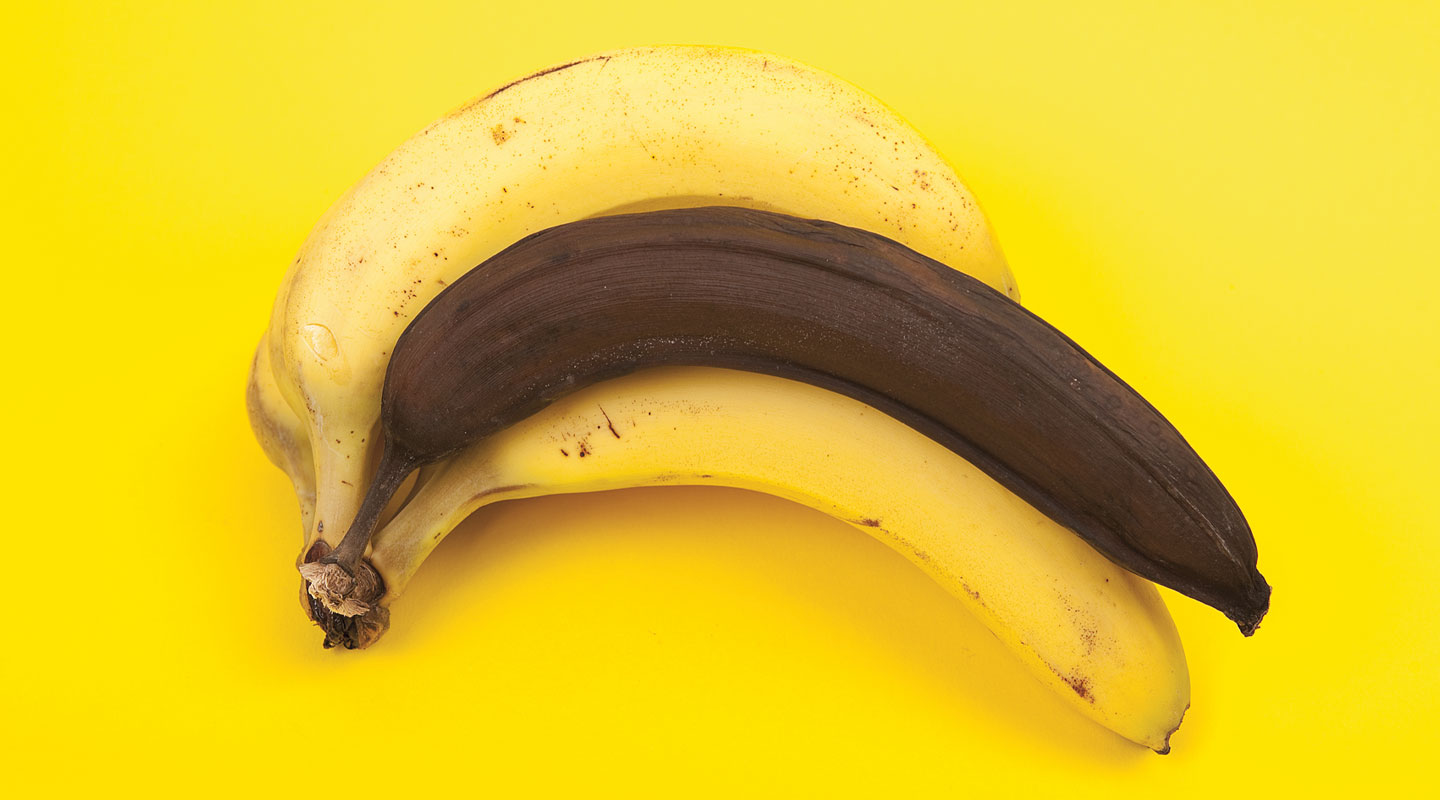Patrick Latting and Liam de Villa Bourke deal with a lot of trash every week—1,100 pounds’ worth, to be exact. The teenagers from South Pasadena, California, collect heaping bags of half-eaten apples, discarded onion peels, and other food scraps from dozens of local homes and a food bank. Then they compost their haul, transforming the stinky piles into nutrient-rich material for gardening that they hand out for free at a nearby farmers’ market.
The work is far from glamorous, says Patrick, 18. “It is extremely difficult to take the smell,” adds Liam, 17, shuddering. But the odorous effort is worth it, the teens agree. Nationwide, about 160 billion pounds of food gets trashed every year. Since last June, Patrick and Liam’s nonprofit, Compost Culture, has kept tens of thousands of pounds of it from ending up in landfills.
Patrick Latting and Liam de Villa Bourke deal with a lot of trash every week—1,100 pounds’ worth, to be exact. The teenagers are from South Pasadena, California. They collect heaping bags of half-eaten apples, discarded onion peels, and other food scraps from dozens of local homes and a food bank. Then they compost it. That changes the waste into nutrient-rich material for gardening that they hand out for free at a nearby farmers’ market.
The work is far from glamorous, says Patrick, 18. “It is extremely difficult to take the smell,” adds Liam, 17, shuddering. But they agree that the stinky effort is worth it. Nationwide, about 160 billion pounds of food gets trashed every year. Since last June, Compost Culture—Patrick and Liam’s nonprofit—has kept tens of thousands of pounds of food trash from ending up in landfills.

